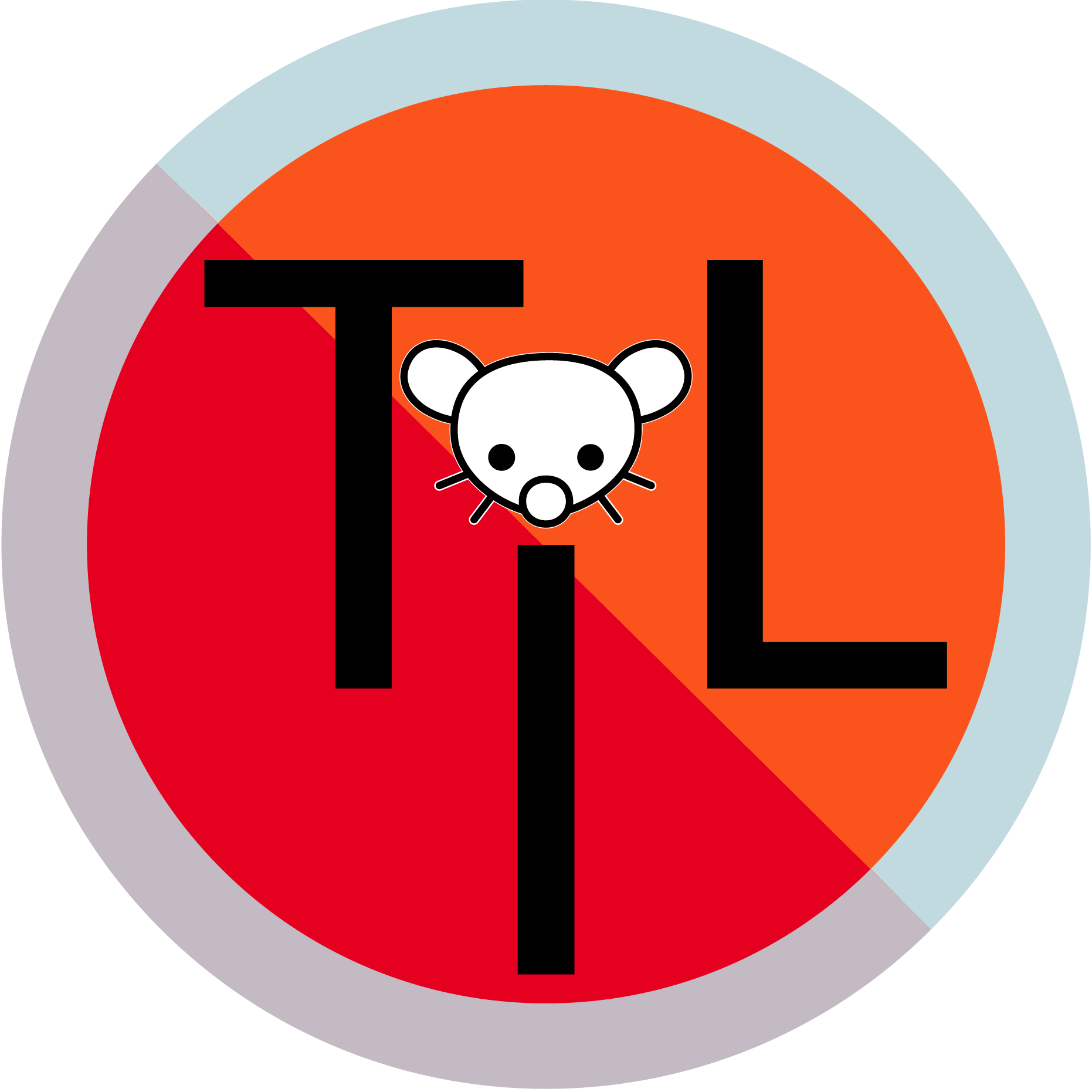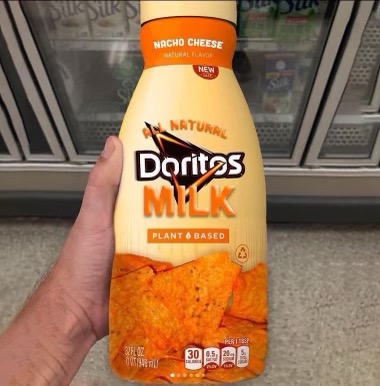

deleted by creator


deleted by creator


Use it as an opportunity to find new music and fill those playlists out with a little more variety


Tools like https://ipleak.net/ provide torrent leak checkers. You need a browser to view the results, but they provide a magnet link you use in your torrent client to assess what information it is giving out.
In theory if everything is set up right it should show exclusively IP/location information associated with your VPN


As part of a websites DNS info they have to provide a TTL (time to live). This value can be just about anything but is often in the 30s to 5m range, and serves as an instruction on how long a client should cache the IP address locally before checking for updates.
This is because IP addresses can change, and you don’t want to experience hours of downtime for all clients every time your IP changes.
Every time your client queries your tracker for server updates (every few minutes, give or take, based on tracker preferences) it should follow your system DNS settings, which should involve checking your local cache, then going to the upstream server indicated in your system DNS settings.
If your system is set to a DNS server outside of your local network (e.g., 8.8.8.8) that request should go through your VPN
If your system is set to use a local DNS server (e.g., 192.168.X.X…), typically either done through something like a pi-hole, or if your router sets itself as the DNS server then forwards all requests, this MIGHT create a DNS leak around your VPN.
A good VPN like Mullvad should have an option to force their own DNS settings when enabled to prevent this leak.


Honestly there’s so much wonderful art out there not created by Nazis, I don’t know that it’s worth the energy to pirate Nazi music.
I totally understand the moral pirate argument, I just don’t have time to enjoy all of the games, movies, and music from artists I support. To waste what time I have engaging with content from people I find morally repugnant is just not where I’m investing


Sounds like the app worked as intended and she found the mushrooms she was after.
You lost me at “run”. Can I bring my inhaler or does that count as a tool?
Lots of creatures within the realm of benchable weight often have specialized defenses that could constitute a 1-hit KO if you fuck up in the slightest.
A chimp could rip your arms off. A kangaroo could crack all your ribs with a kick.
If you consider these “natural weapons” then sure, I guess that just limits you to fighting juvenile cows or something, at which point I’ll give it to you, I could probably take a newborn calf in a fight.
One punch from my scrawny nerd warrior arms and that fucker would shrug then donkey kick me half way across the fucking Serengeti.
A gorilla at rest stays at rest, just wait for him to go to sleep then you literally can’t lose.
I think… I sucked at gorilla physics class.
The advantage of Tile and AirTags is that they’re relatively dumb devices that leverage passing cell phones to snitch on their location. This means they can last months on a single charge while the phones do the heavy lifting.
There may be more and less private ways to do what they do, but they’ll all have similar tradeoffs.
A device that tracks its own location and reports it out over a cell network would basically require all the complexity and size of a smart phone minus the screen and cost similarly
There are Bluetooth trackers that can be run privately and with enough creativity can be used to identify the location of something within the confines of your home (or know if something is not home), but won’t be much help if you’re trying to track down lost luggage or want to know if you left your wallet at work or the coffee shop. (e.g. https://www.youtube.com/watch?v=-fmBwINdsxQ)
Mindustry.


I once saw a black cat.


The fact that you posted a link to this video from YouTube not peer tube says a lot.


The browser version at least does not have the ability to take screenshots, but you will always be tracked on the websites you use, especially if their business model is advertising-based


I think you could do it but you would have to move quick.
Slice the spaghettloaf into two slices, and spread mayo on one side of each slice. Keep the spaghettloaf in the fridge until youre ready to go.
You want a sizable pool of oil with a high smoke point - heat it up until it’s nearly smoking, then quickly add 2 sliced spaghetti, mayoless side down. The first side in the oil will form the inside of your grilled cheese, let it sizzle until it starts to crisp, then flip, add your cheese and let both outsides sizzle a minute to gain structure.
Once both outsides have some rigidity, fold the sandwich together. Continue to flip & cook until desired color is reached.
Sprinkle with salt, pepper, fresh parsley, and a little parmesan cheese, and dip in your favorite marinara sauce.
Recipe can be made vegan with vegan cheese and mayo.


save you a click: it’s in-app tracking and device screenshots. Don’t install apps that have a working website. Also don’t use Facebook.
“There were no audio leaks at all – not a single app activated the microphone,” said Christo Wilson, a computer scientist working on the project. “Then we started seeing things we didn’t expect. Apps were automatically taking screenshots of themselves and sending them to third parties. In one case, the app took video of the screen activity and sent that information to a third party.”
Out of over 17,000 Android apps examined, more than 9,000 had potential permissions to take screenshots. And a number of apps were found to actively be doing so, taking screenshots and sending them to third-party sources.


Even better, transfer those subsidies to plant agriculture so no one can complain “you’re gonna make food more expensive for people who can barely afford it”. And raise the minimum wage, because “barely affording food” should not be a problem in today’s society.


Use it? The US invented it. The US has historically funded it as part of their human rights initiatives. Like I said:
Also many of the sponsored projects help people circumvent authoritarian government overreach, which is something that until recently has been considered “good” for the US. The more freely information can flow the harder it is for authoritarian regimes to exert control.
Given the nature of the Tor network, it’s likely any “official” use within the US government would probably involve things like communicating with people working undercover / informants, etc., and not be something broadly discussed.
Unfortunately there’s not much discussion of open trackers in this community, but on that other site there’s an “OpenSignups” sub you could keep an eye on. Watch for general trackers to make a post, then you can built a reputation/ratio on those trackers and continue your way up the ladder
Either that or just watch the sign up page for the site you want to see when it’s open.